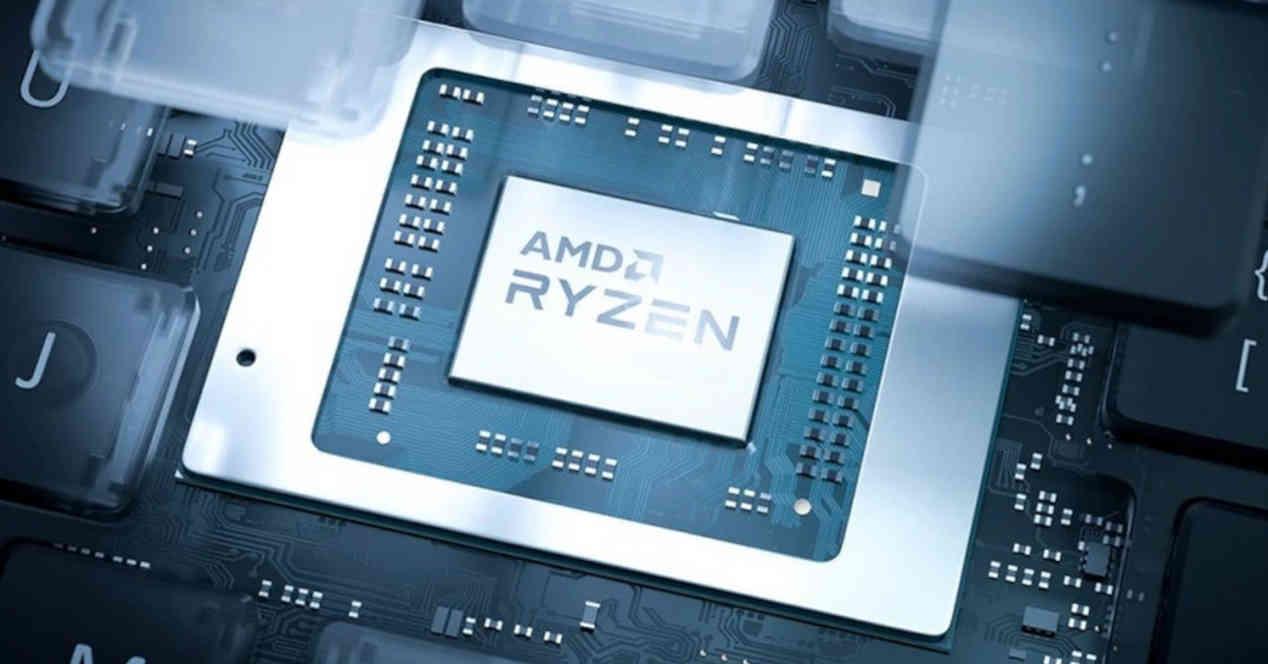The appearance of the first AMD Ryzen, and in particular the Zen architecture, was a 180 ° turn for AMD’s luck, because after years of launching derivatives of the failed Bulldozer architecture, they made a clean slate which so far has had two. notice in the form of Zen 2 and Zen 3. But how did the performance of Zen 1 evolve with the recent launch of Zen 3?
One of the good things the AMD Zen architecture has done has been to move to double-digit per-core performance improvements, that is, above 10%, since for years the dominance of Intel due to a complete lack of competition for the bulldozer architecture fiasco had caused the company founded by Gordon Moore to rest on its laurels.
This was taken advantage of by an AMD who was desperately looking for an architecture that would stand up to Intel, and for that they had to take a giant leap from what they had in the market at that time, the failing Bulldozer architectures.
The goal for AMD was not only to be a viable alternative to Intel but also not to be the cheap alternative in the long run and to be able to capitalize on its processors like Intel does.
Nowadays, if we look at it in perspective, AMD across the different generations of Zen architecture has been successful and is currently in the situation they expected to be when they introduced the first AMD Ryzen 1000.
Upgrade from Zen 1 to Zen 3 is 89%


Comparison of the different 8-core configurations that have appeared since the Ryzen 1000 based on Zen 1 until the Ryzen 5000 based on Zen 3
This development is the product of two factors:
- The first was the increase in the CPI in which Zen 1 to Zen 2 there was an increase of 13% but from Zen 2 to Zen 3 there was another increase of 19%.
- The second is about using TSMC’s 7nm manufacturing node, but at the same time AMD is fine-tuning its architecture to be able to achieve ever higher clock speeds.
Keep in mind that when AMD talks about IPC in this case, it is not referring to the number of instructions per cycle that are executed simultaneously but to the average number of instructions removed per clock cycle.
The evolution will continue with Zen 3+
Like Zen +, this was an improvement created for the 12nm Global Foundries node, a derivative of the 14nm node of the same GF, over TSMC’s 6nm which is also a derivative of another node, 7 nm in this case. From AMD, it looks like they’ve created an improved iteration of Zen 3 called Zen 3+.
In the case of Zen + the improvement in CPI was only 3% but more energy efficient, in the case of Zen 3+ it is very possible that we will see increases in clock speed maximum compared to Zen 3, at least that’s what they say the latest rumors. Are you going to double the performance of the original Zen with Zen 3+? Who knows, but if they follow this trend, it is clear that they will succeed
The post How AMD Ryzen evolved from Zen 1 to Zen 3 processors appeared first on HardZone.










